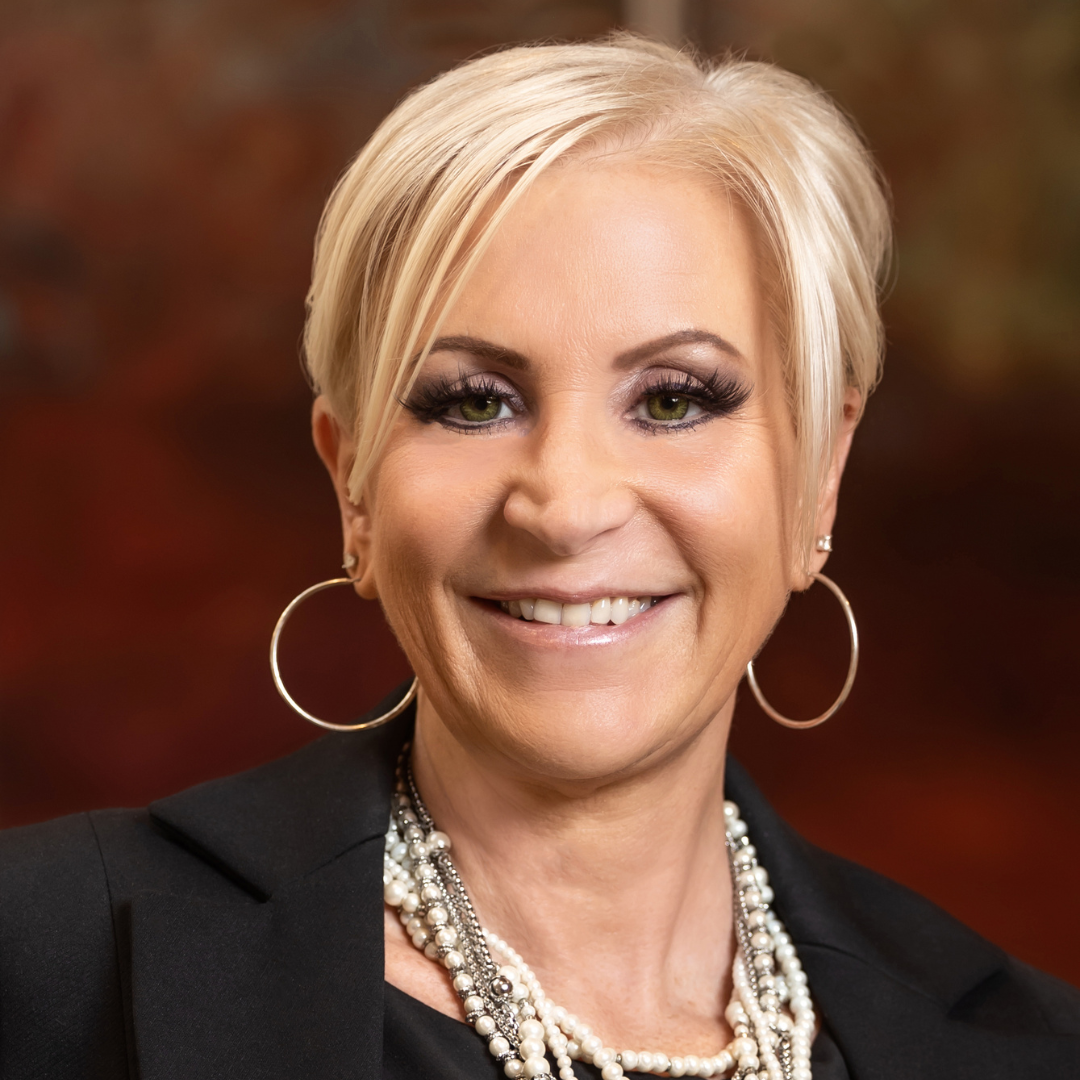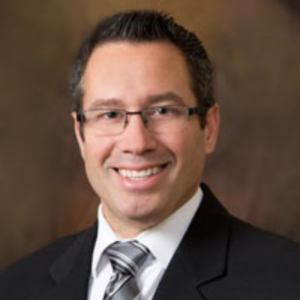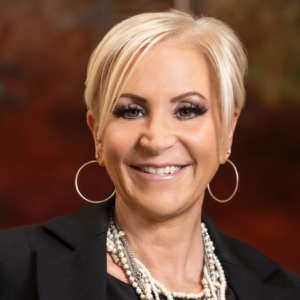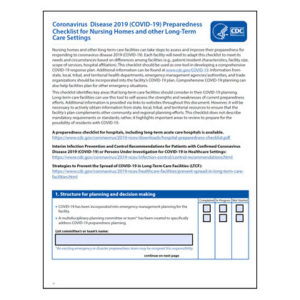Why Language Choice Matters in Senior Care Marketing
Part 2 of a 2-part series on marketing and admissions risks in senior care settings.

Christina Wildrick, director of risk management at Friends Services Alliance
Understanding marketing and admissions risks is essential for effective risk management in senior care. In part one of this series, Christina Wildrick, director of risk management at Friends Services Alliance, introduced us to some common risks inherent in senior care marketing and admissions practices. In this article, we focus on language choice and why it matters in senior care marketing, and offer actionable strategies for fostering collaboration between marketing teams and risk management teams to effectively mitigate risks in senior care organizations.
The Risks of Language Choice
Language choice, like admissions practices, photos, and outreach marketing, must be thoughtfully crafted to prevent the exclusion of protected classes under the Fair Housing Act. Wildrick encourages communities to include a non-discrimination statement in their marketing materials. “We want to be really careful about exclusionary language,” she says. “I think a community and marketing team needs to be really objective when looking at their marketing materials. Are you being really welcoming? Do you have inclusive welcoming language?”
Wildrick poses the example of a campus with scenic walking paths. Use of the term “walking paths” may seem fine, but can be exclusionary to a person with a mobility impairment who can’t walk. “Nature trails” is a more inclusionary word choice, she says.
Similarly, many communities use the phrase “active adult” to describe their resident makeup, but this language choice has been met with some disapproval. “Are you suggesting that to come to the community, you must be very active? What about people who can’t do those things?” poses Wildrick. She points to the term “vibrant, thriving, engaged community” as a more inclusive language choice that minimizes unnecessary risk.
The phrase “independent living” can also be exclusionary in certain situations. “From the government’s perspective, it’s acceptable if you mean that we don’t provide you with any services,” Wildrick explains. “If you mean by independent that you must be independent and you must be able to do everything on your own, the Fair Housing Act says that you must allow individuals to meet the requirements of tenancy with or without a reasonable accommodation.”
Instead of using the term “independent living,” the term “residential living” can be used to convey the same thing without the added risk. “Many communities used to have a requirement that if you wanted to live there, you had to be independent, and they set out parameters, like you must be able to do all your bathing, grooming, and walking. You can’t say those things anymore. Be cautious with all of those areas,” says Wildrick.
Additionally, senior care organizations should verify that any promises made in marketing materials can be lived up to. Declaring that a community has superior nursing care or is the best at a certain skill sets a legal standard and may put the facility at risk of overpromising. “Once you’ve made a written statement that that’s what you are, that’s what you’re going to be held to,” Wildrick notes. “There are ways to say that without saying you’re the best.” For example, a community can note that it is a five-star facility, if it’s received such a ranking. However, if the star level drops, you will need to immediately revise all of your marketing materials.
How Risk Management and Marketing Teams Can Work Together
Identifying and managing marketing risks is an important job, and it’s not necessarily one that should be left entirely to your marketing team. Wildrick feels that it’s important to include marketing team members on risk management committees, and that individuals from marketing and admissions teams can learn valuable information while on the risk management team. It’s also important to ensure that a risk manager and the risk management committee is involved in at least an annual review of marketing materials.
Wildrick encourages communities to educate and train all marketing and communications staff on the Fair Housing Act and its requirements. “There should be no tours by untrained staff,” she says. “Everyone should know how to respond to marketing questions that arise off-hours.”
She also notes that the government and fair housing private entities have testers. “If there’s an area that they think discrimination is going on, they will send out testers who will act as potential applicants,” she says. “You need to be extremely careful, since they will make phone calls and come in person. Make sure all of your staff is aware of how to respond to questions.”
Additionally, some communities have residents do tours, or have programs where potential residents can be hosted by a resident for a weekend. “That’s wonderful, but you need to make sure the residents are trained in the Fair Housing Act and they know what they can and can’t say,” says Wildrick. Senior care communities can be held to what residents in this capacity say because they are essentially acting as the community’s agent.
Training as the Key to Risk Management
While there are many potential marketing and admissions risks to be aware of, thorough training and education can help your staff better identify and manage risk. Wildrick encourages communities to include Fair Housing risks as part of their staff orientation, and make sure that staff receive training in risk management. “Every staff member is responsible for risk management,” she says. “Make sure that everyone on the team from your receptionist to your C-level suite is educated and trained on what these risks are. Your risk management team is only as strong as its weakest link.”

Paige Cerulli is a contributing writer to i Advance Senior Care.
Related Articles
Topics: Business Marketing Including Social Media and CRM , Executive Leadership , Featured Articles , Leadership , Risk Management











